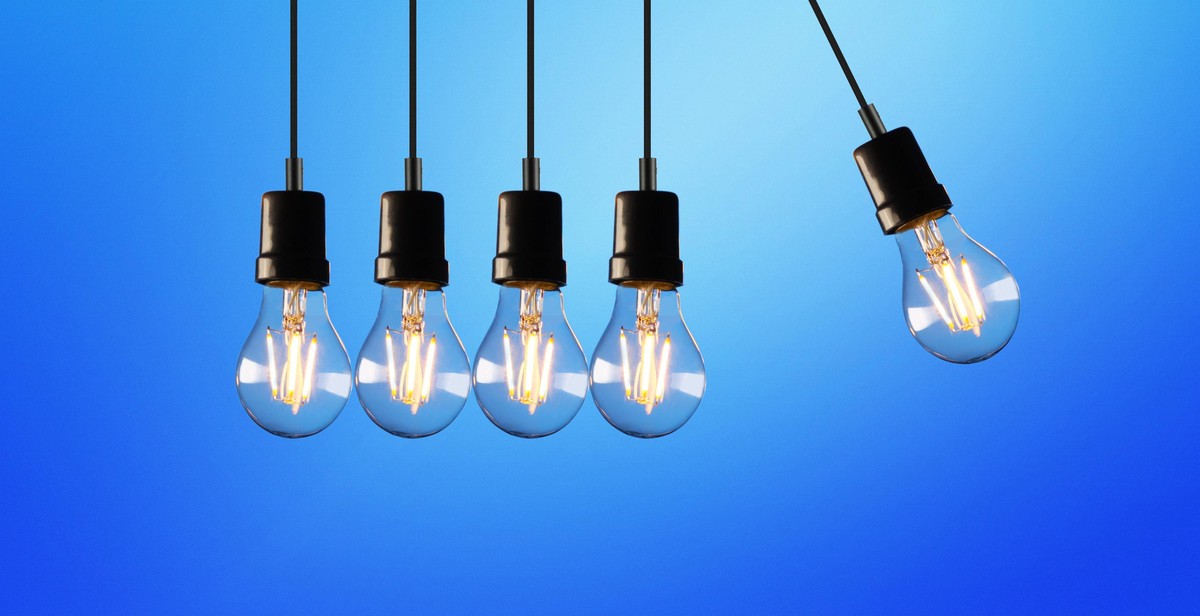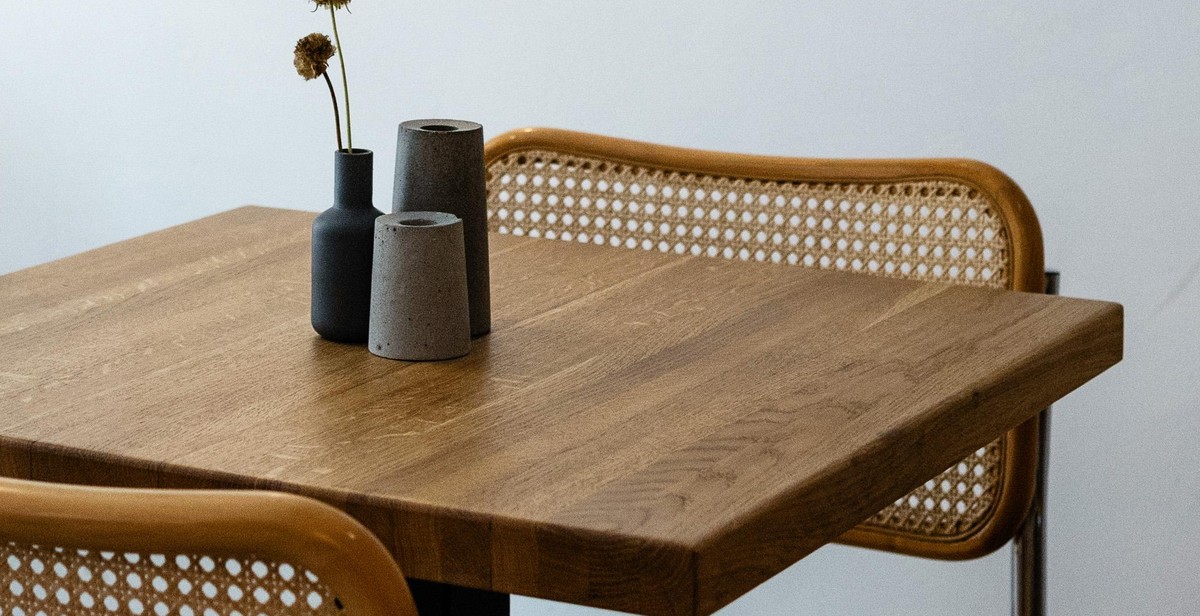Introduction
As the world becomes more conscious of the impact of human activities on the environment, sustainability has become a buzzword in various industries, including construction and real estate. Sustainable design seeks to minimize the negative impact of buildings on the environment while improving the quality of life for occupants. With the growing demand for eco-friendly and energy-efficient homes, designing a sustainable apartment has become a top priority for architects, builders, and homeowners.
Why Design a Sustainable Apartment?
Designing a sustainable apartment offers numerous benefits, both for the environment and the occupants. First and foremost, sustainable apartments reduce the carbon footprint of a building, which is essential for mitigating climate change. Using green building materials and energy-efficient solutions can significantly reduce energy consumption, water usage, and waste production, leading to lower utility bills and operational costs over time.
Moreover, sustainable apartments provide a healthier and more comfortable living environment for occupants. By incorporating natural ventilation, daylighting, and non-toxic materials, sustainable apartments can improve indoor air quality, reduce the risk of respiratory illnesses, and enhance mental well-being. Additionally, sustainable apartments can increase the value and marketability of a property, as more and more homebuyers prioritize sustainability when choosing a home.
In this article, we will explore the various green building materials and energy-efficient solutions that can be used to design a sustainable apartment.

Green Building Materials
Green building materials are materials that are environmentally responsible and resource-efficient throughout their life cycle. They are designed to reduce the negative impact on the environment and human health. These materials are sustainable, renewable, and help to conserve natural resources.
Benefits of Using Green Building Materials
Using green building materials has numerous benefits, including:
- Reduced environmental impact
- Improved indoor air quality
- Energy efficiency
- Water conservation
- Reduced waste and pollution
- Increased durability
- Improved occupant health and comfort
Types of Green Building Materials
There are various types of green building materials that can be used in the construction of sustainable apartments, including:
| Material | Description |
|---|---|
| Bamboo | A sustainable and renewable material that can be used for flooring, furniture, and cabinetry |
| Recycled metal | Metal that has been salvaged and reused in construction for roofing, framing, and insulation |
| Recycled glass | Glass that has been recycled and used for countertops, tiles, and insulation |
| Rammed earth | A mixture of soil, cement, and water that is compressed into walls for insulation and durability |
| Straw bale | Bales of straw that are used for insulation and as a building material for walls |
| Low VOC paint | Paint that has low levels of volatile organic compounds, which reduces indoor air pollution |
| Cellulose insulation | Insulation made from recycled newspapers that is eco-friendly and energy-efficient |
Using green building materials in the construction of sustainable apartments is essential for reducing the negative impact on the environment. These materials not only benefit the environment but also provide numerous benefits for the occupants, including improved indoor air quality and increased comfort and health.

Energy-efficient Solutions
Energy-efficient solutions refer to the methods and techniques used to reduce energy consumption in homes and buildings while maintaining or improving their performance. These solutions are designed to conserve energy, reduce greenhouse gas emissions, and save money on utility bills.
Benefits of Energy-efficient Solutions
There are numerous benefits to implementing energy-efficient solutions in your apartment, including:
- Lower energy bills: Energy-efficient solutions can significantly reduce energy consumption, resulting in lower utility bills.
- Improved comfort: Energy-efficient solutions can improve indoor air quality, reduce noise levels, and provide a more comfortable living environment.
- Reduced environmental impact: Energy-efficient solutions can reduce greenhouse gas emissions and help protect the environment.
- Increased property value: Energy-efficient apartments are in high demand and can increase the value of your property.
Types of Energy-efficient Solutions
There are several types of energy-efficient solutions that can be implemented in your apartment:
| Energy-efficient Solution | Description |
|---|---|
| LED Lighting | LED lighting is energy-efficient and can last up to 25 times longer than traditional incandescent bulbs. |
| Smart Thermostats | Smart thermostats can automatically adjust the temperature in your apartment to save energy and reduce heating and cooling costs. |
| Energy Star Appliances | Energy Star certified appliances use less energy than standard appliances and can save you money on your utility bills. |
| Insulation | Proper insulation can reduce heat loss in the winter and keep your apartment cool in the summer, reducing your energy consumption. |
| Renewable Energy Sources | Renewable energy sources like solar panels and wind turbines can generate clean energy, reduce your carbon footprint, and save you money on your utility bills. |
By implementing these energy-efficient solutions, you can significantly reduce your energy consumption and save money on your utility bills while maintaining or improving the performance of your apartment.

Designing a Sustainable Apartment
Designing a sustainable apartment requires careful consideration of your needs and the environmental impact of your choices. By choosing the right green building materials and incorporating energy-efficient solutions, you can create a comfortable and eco-friendly living space.
Assessing Your Needs
The first step in designing a sustainable apartment is to assess your needs. This includes evaluating your lifestyle, habits, and priorities. For example, if you work from home, you may need to prioritize sound insulation and natural lighting. If you have pets, you may need to consider durable and easy-to-clean flooring.
Next, consider your budget and timeline. Sustainable materials and energy-efficient solutions can be more expensive upfront, but they can save you money in the long run by reducing energy and water consumption.
Choosing the Right Green Building Materials
When choosing green building materials, look for products that are made from renewable resources and have a low environmental impact. For example, bamboo flooring is a sustainable alternative to traditional hardwood floors, which often come from non-renewable sources.
Other sustainable materials include recycled glass countertops, low-VOC paints, and insulation made from recycled materials. When selecting materials, consider their durability, maintenance requirements, and potential health impacts.
Incorporating Energy-efficient Solutions
Energy-efficient solutions can help reduce your apartment’s carbon footprint and save you money on utility bills. This includes installing energy-efficient appliances, such as refrigerators and washing machines, as well as using LED light bulbs and programmable thermostats.
You can also reduce energy consumption by using natural light and ventilation whenever possible. Consider installing window coverings that allow for natural light while still providing privacy, and using ceiling fans to circulate air instead of relying on air conditioning.
Working with Professionals
Designing a sustainable apartment can be a complex process that requires expertise in green building and energy-efficient solutions. Consider working with professionals, such as architects, interior designers, and contractors, who have experience in sustainable design.
They can help you evaluate your needs, select the right materials, and incorporate energy-efficient solutions into your apartment design. They can also help you navigate local building codes and regulations to ensure your design complies with environmental standards.
| Key Takeaways: |
|---|
| – Assess your needs and evaluate your budget and timeline. |
| – Choose green building materials made from renewable resources with low environmental impact. |
| – Incorporate energy-efficient solutions, such as energy-efficient appliances and natural lighting. |
| – Work with professionals who have experience in sustainable design. |

Conclusion
Designing a sustainable apartment is crucial for the environment, and it can also help you save money in the long run. By using green building materials and energy-efficient solutions, you can reduce your carbon footprint and create a healthier living space for yourself and your family.
Key Takeaways
- Green building materials are renewable, non-toxic, and energy-efficient.
- Energy-efficient solutions such as LED lighting, smart thermostats, and solar panels can significantly reduce your energy bills.
- Proper insulation, ventilation, and air sealing can improve indoor air quality and reduce energy consumption.
- Choosing sustainable furniture, appliances, and cleaning products can also contribute to a healthier and more eco-friendly home.
Final Thoughts
Designing a sustainable apartment is a continuous process that requires careful planning and attention to detail. By incorporating green building materials and energy-efficient solutions into your design, you can create a comfortable and healthy living space while reducing your impact on the environment.
Remember to consult with professionals and do your research before making any decisions. With the right tools and knowledge, you can design a sustainable apartment that meets your needs and values.
